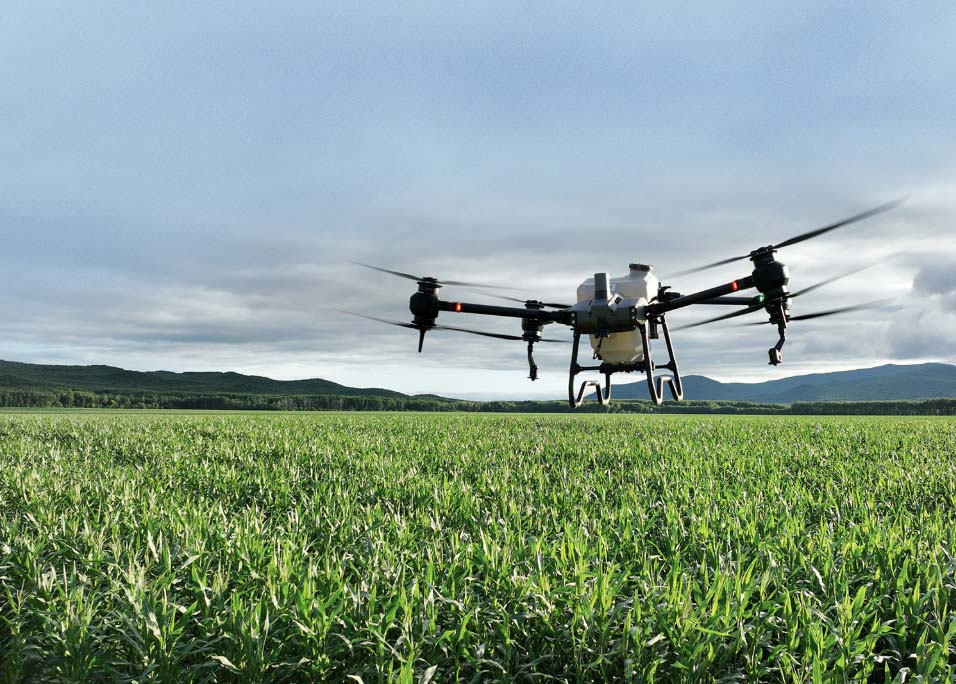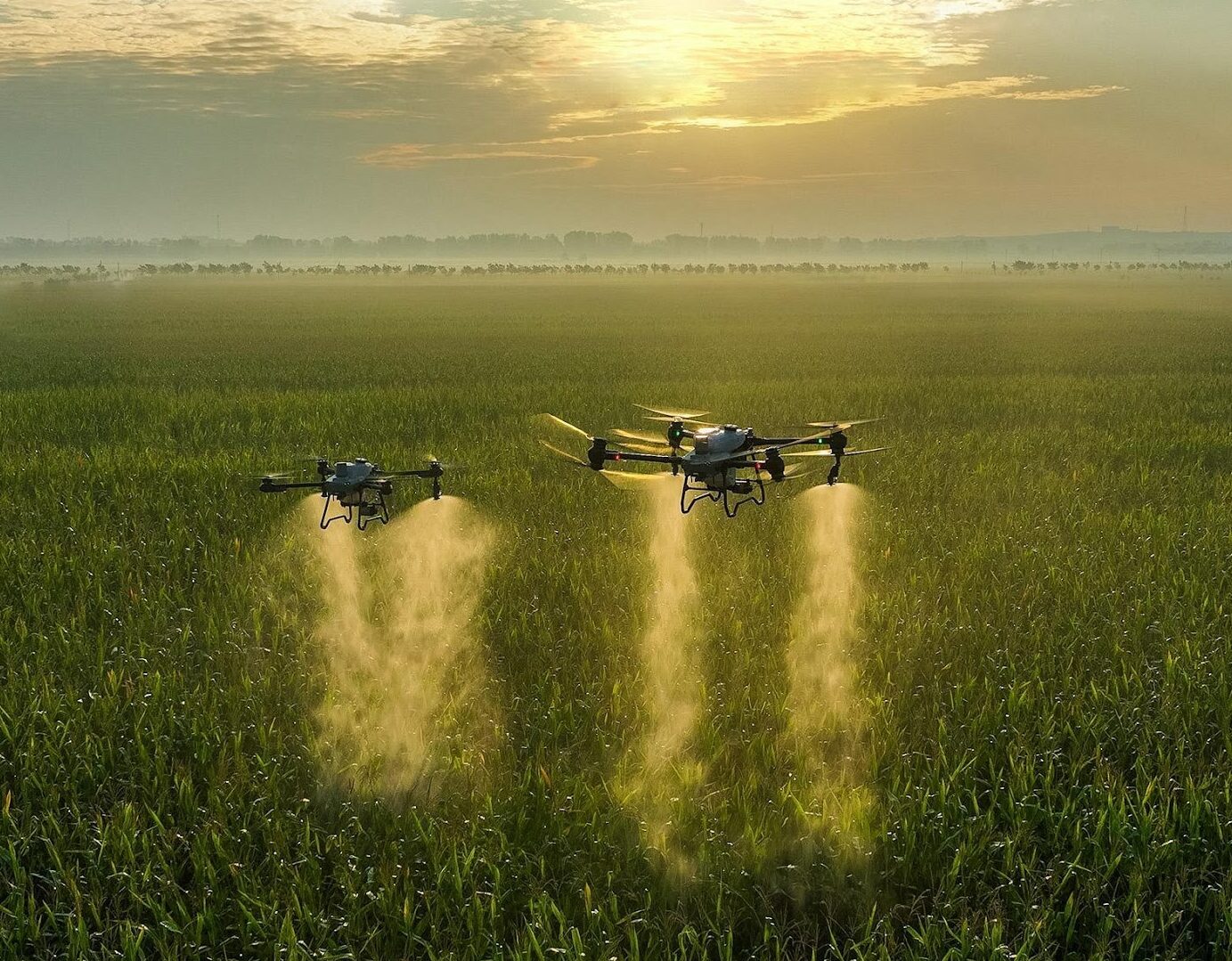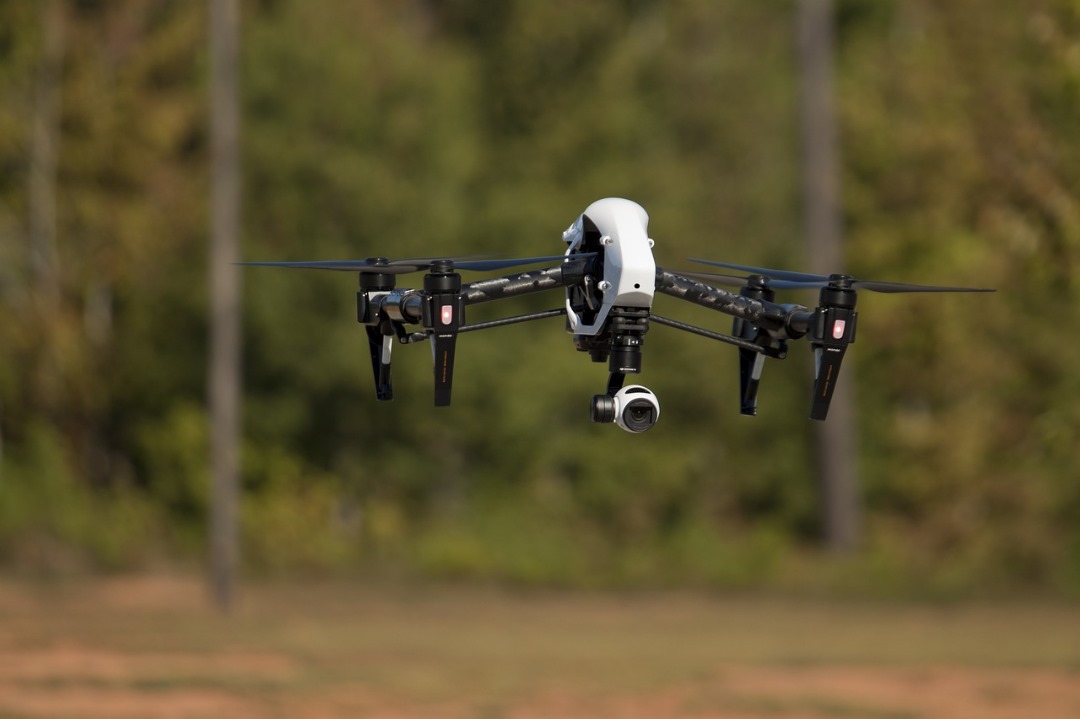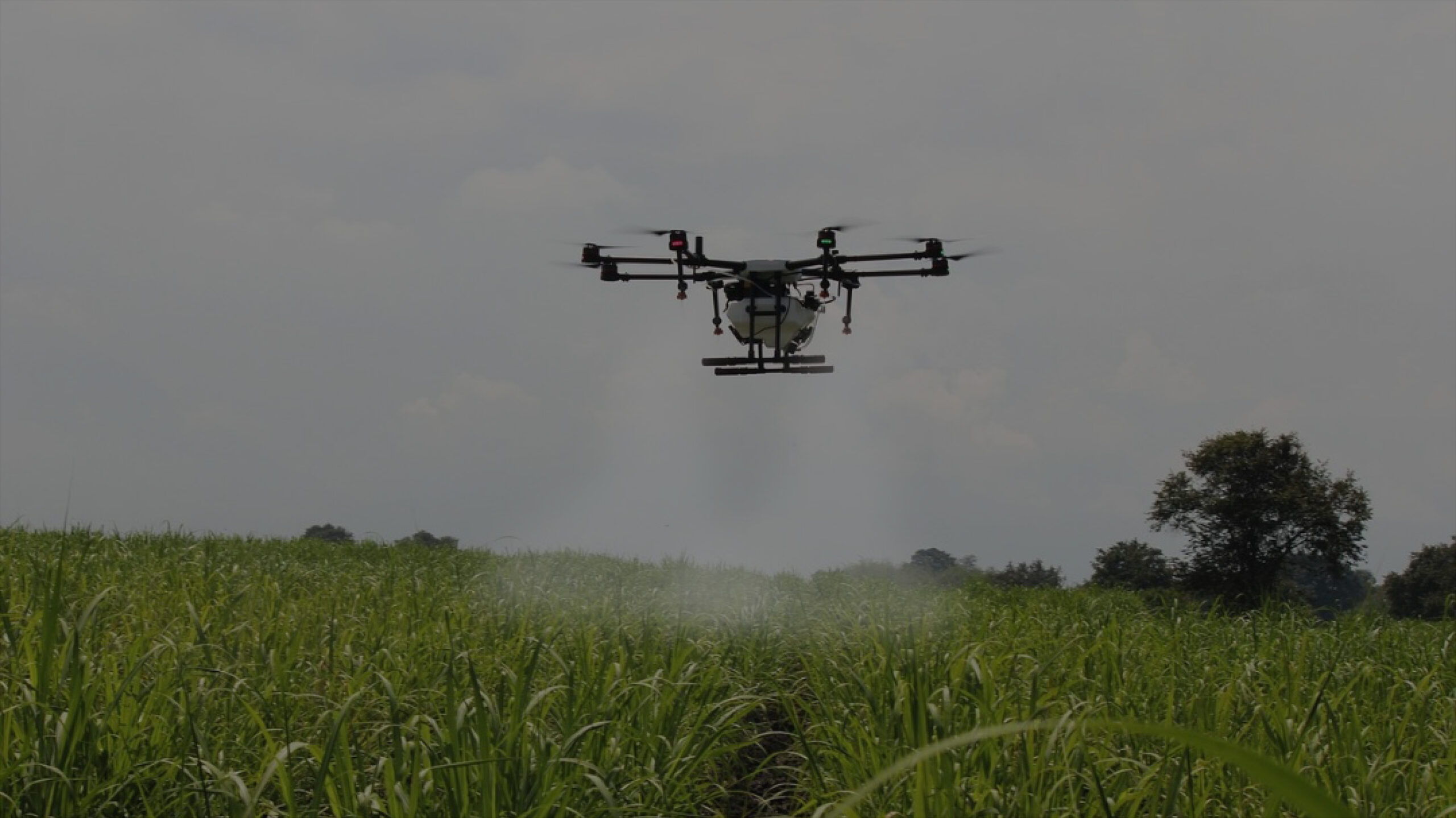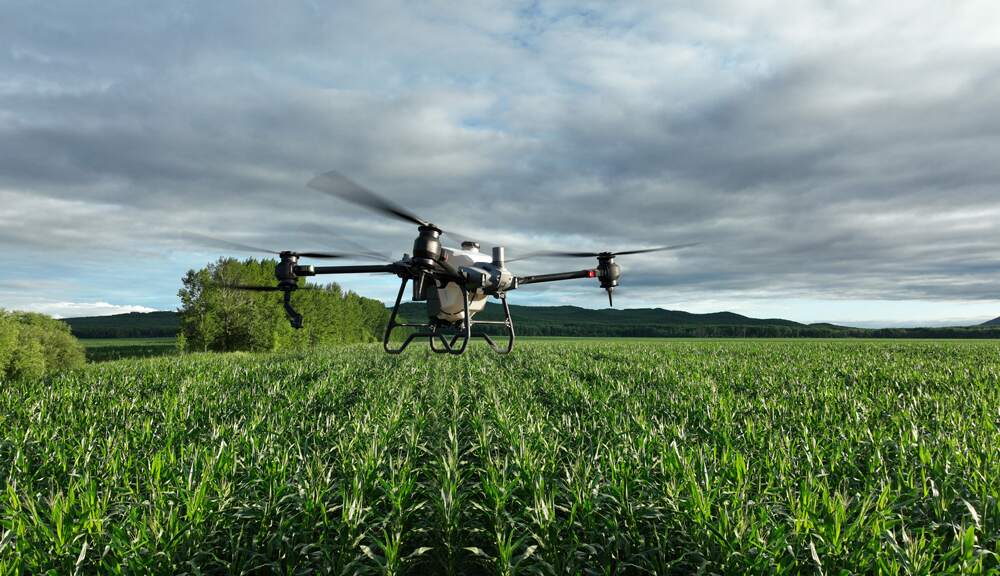
Tanzania’s agriculture sector employs two-thirds of the population and contributes about a quarter of GDP. Yet, post-harvest losses remain high-up to 50% for perishables and 25% for grains. To feed Africa’s growing population, we need smarter farming tools that deliver more yield from the same land.
That’s where drones come in.
Smarter Crop Care
Agricultural drones apply fertilizer, herbicides, and foliar feeds precisely where needed, cutting waste and costs. With multispectral imaging, farmers can spot crop stress early and act before yields drop. Prescription maps ensure every hectare is managed efficiently.
Better Water Use
With rainfall becoming less predictable, water management is critical. Drone surveys reveal drainage issues, leaks, and dry spots, helping farmers adjust irrigation and protect yields. Specialist Drone Services has already mapped over 130,000 hectares of irrigation schemes across Tanzania.
Damage & Yield Monitoring
From plant counting to storm or pest damage assessment, drones provide rapid, accurate data. This improves replanting decisions, insurance claims, and overall farm planning-helping more food reach markets.
Local Expertise, Legal Compliance
Specialist Drone Services is a TCAA-authorized operator, headquartered in Dar es Salaam, with projects from tea estates to sisal farms. Compliance means safe, insurable, and legally sound operations that farmers and agribusinesses can trust.
Feeding More, Wasting Less
With drones, Tanzania can:
- Reduce input costs per tonne
- Raise marketable yields
- Minimize post-harvest losses
- Strengthen national food security
FAQs (Tanzania-specific)
Are agricultural drones legal in Tanzania?
Yes-with TCAA authorization and adherence to operating rules (e.g., ≤400 ft AGL, VLOS, approved airspace). We manage permits and compliance end-to-end. tcaa.go.tz
Will drones help with my post-harvest losses?
They won’t replace storage or cold-chain investments, but they raise marketable yield (healthier plants, fewer gaps) and speed up damage claims-both reduce losses before and after harvest. Evidence shows PHL in Tanzania can reach ~25% for grains and ~50% for perishables, so every percentage point saved matters.
Post a comment
You must be logged in to post a comment.

